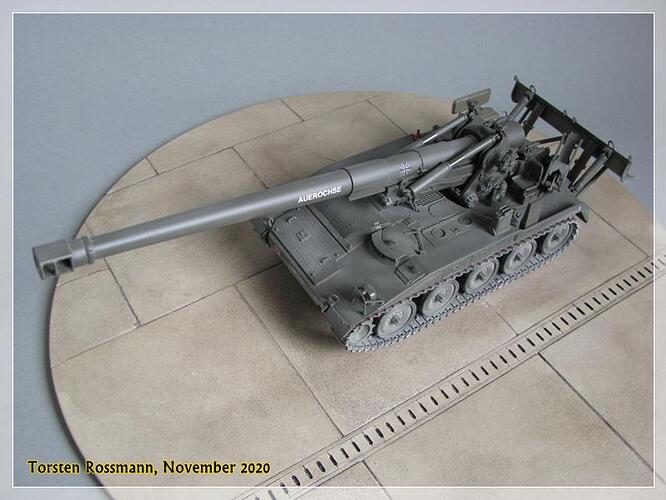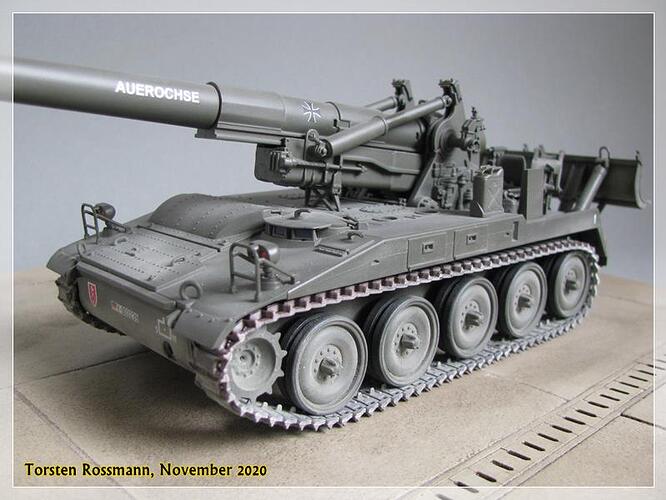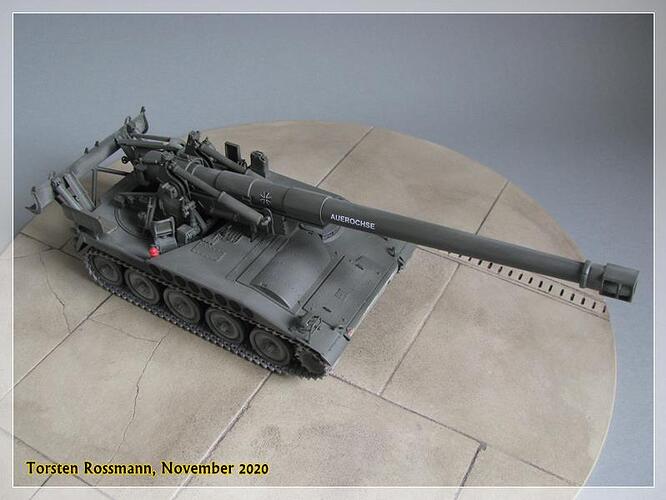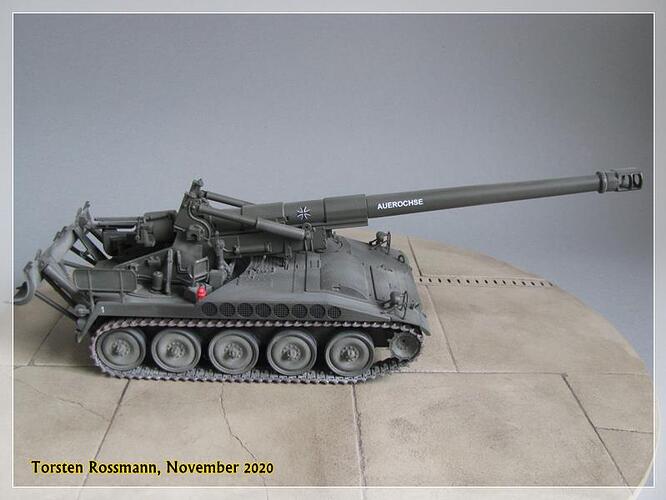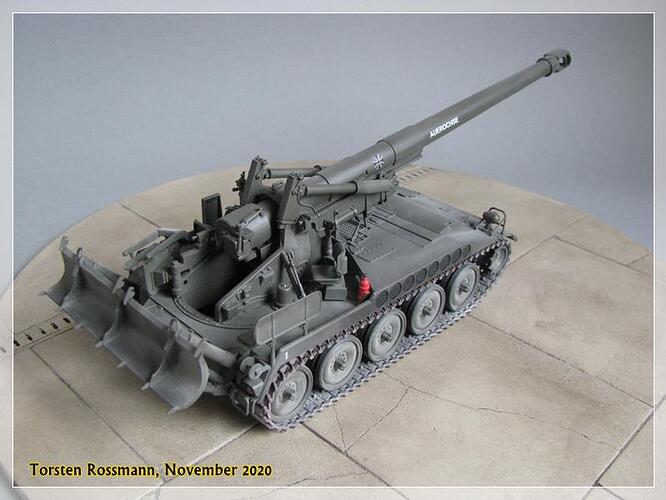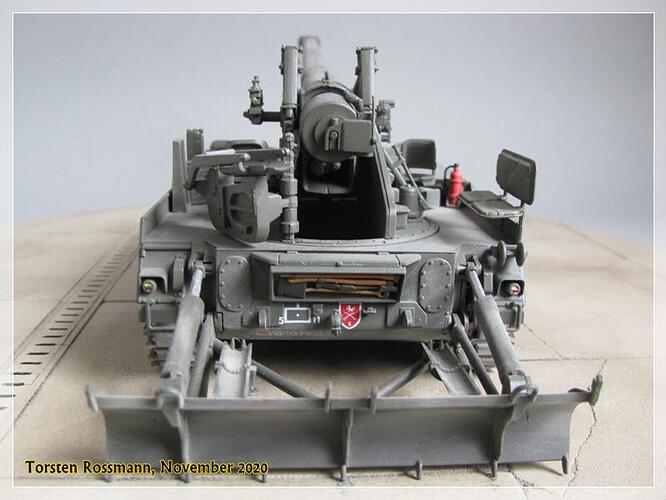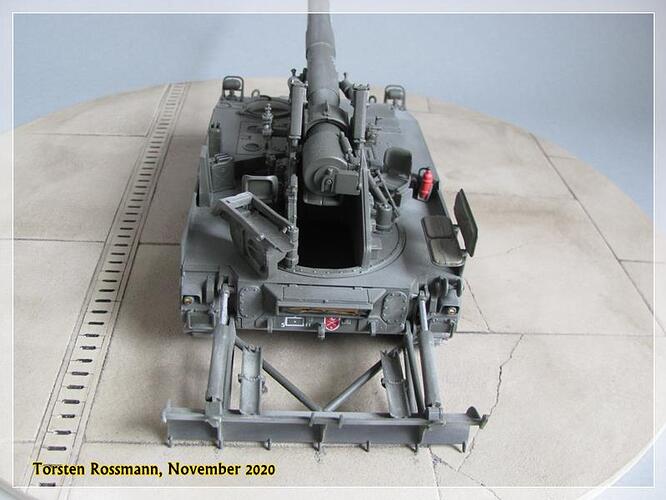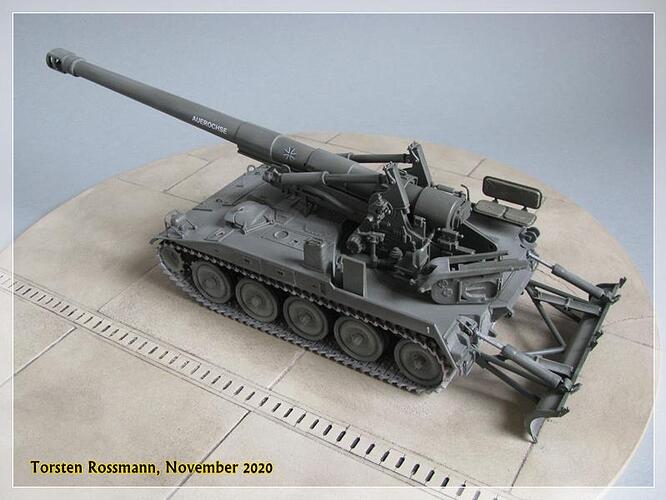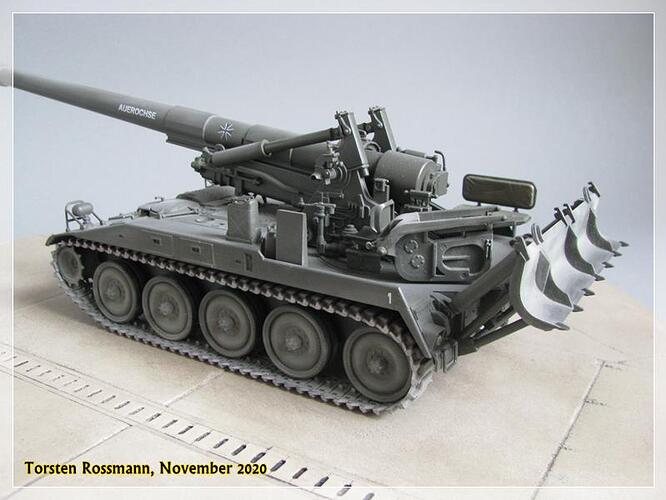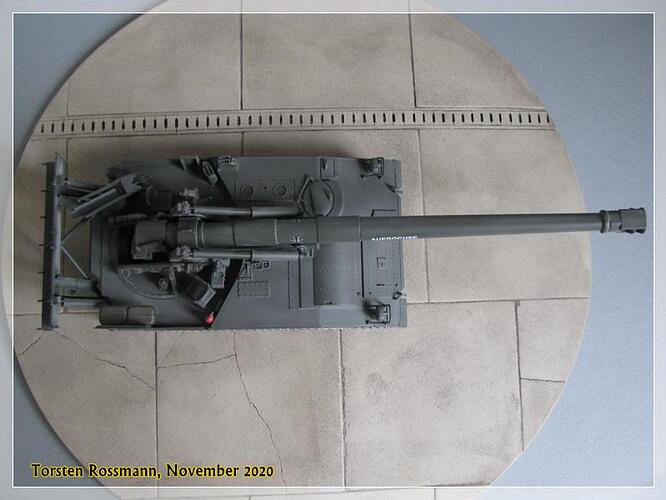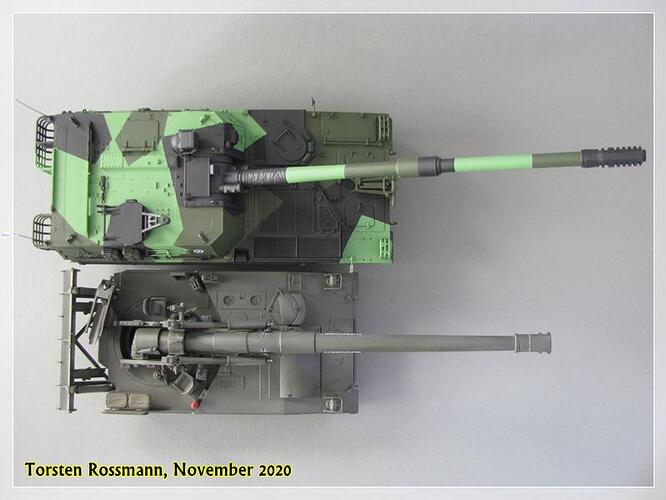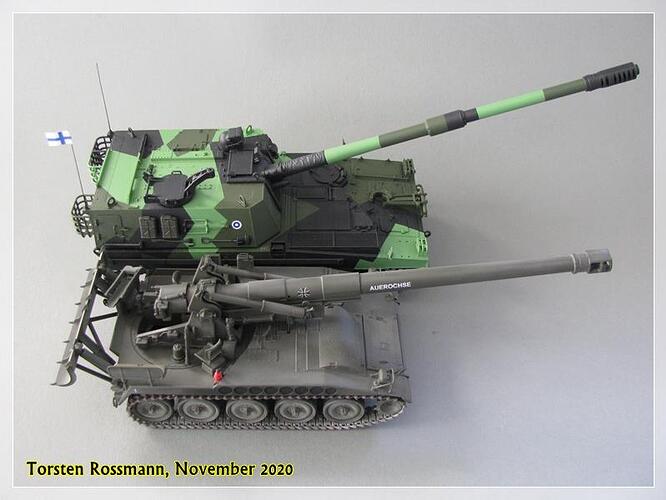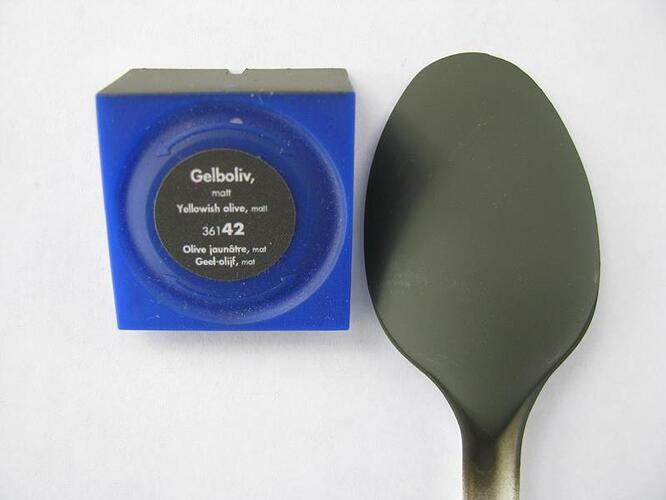I have started this thread in 2018 to show my finished armor builds and copy my postings over here, so that I can carry on sooner or later. Of course you are most welcome to comment or just stepping in.
Hi folks!
Thanks to Photobucket my old thread on Amorama was destroyed sometime last year. Although I mainly build WW 2 aircraft, from time to time some tracks and wheels find their way on my workbench.
Just finished earlier this month is my new Leopard 1BE from Revell Germany in 1/35 …
oh … uhm … it’s this one …
… I’ve built a tank from the 4. Lancers Reg., 16. Tank Div., BSD, based in Soest/Germany in 1969. The BSD were the Belgian Forces in Germany and were based in the southern sector of the British Zone from 1946 until 2004. If you like to know more about our belgian friends in Germany I can recommend this Wikipedia side for some brief informations. Though the german language side is far more detailed …
… Belgium was the first NATO partner to buy the new Leopard tank. Between May 1968 and March 1971 a total of 334 Leopard 1 tanks were delivered to the Belgian Army. Shortly afterwards followed the Netherlands and Norway. Belgium used their Leopard 1 tanks until 2014 …
… building this kit is very easy. There are no major issues. My Leopard is build completly oob, except for the antennas and the flag. The antennas come from Modellbau Schatton and are made of brass. With a little bit of ethylacetate they stick strong to the turret. The belgian flag is printed 2 x on normal paper and glued togehter. Luckily I did not need any glue to stick it to the antenna
… Revell offers 4 decal versions for this kit, 2 x Germany, 1 x Netherlands and this belgian one. For the main painting I used NATO Olive (Revell No. 46), which is a bit more brownish than RAL 6014 Gelboliv, which goes more into green. The tracks are painted with a mixture of Steel (Revell 91) and Black (Revell 08). I have used only a bit of different pastel chalks for weathering. I’m not a big fan of it. All my aircraft have no weathering at all. But on a Leo 1 the exhausts must look dirty (don’t they?) and I think I did quite well here.
So I thank you for stepping in and having a look on my latest work. I hope you like what you see. Feel free to comment. From time to time I will add another build to this thread. Over the last few years I have build some more Leo 1 and 2 plus some other animals. For today I leave you with this great video clip of some of the last belgian Leopard 1 on exercise in Germany 2011. Probably in Bergen/Hohne, a place I knew well during my 4 years army time in the 1980’s … ![]()
Happy modelling!
Torsten :-H
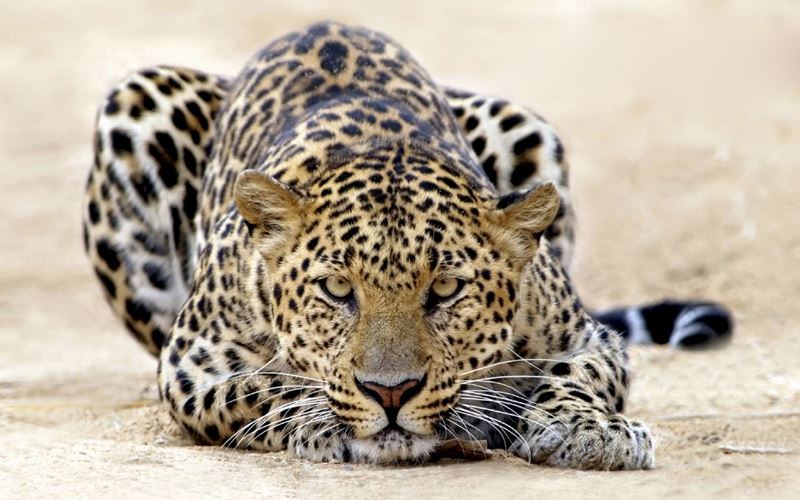


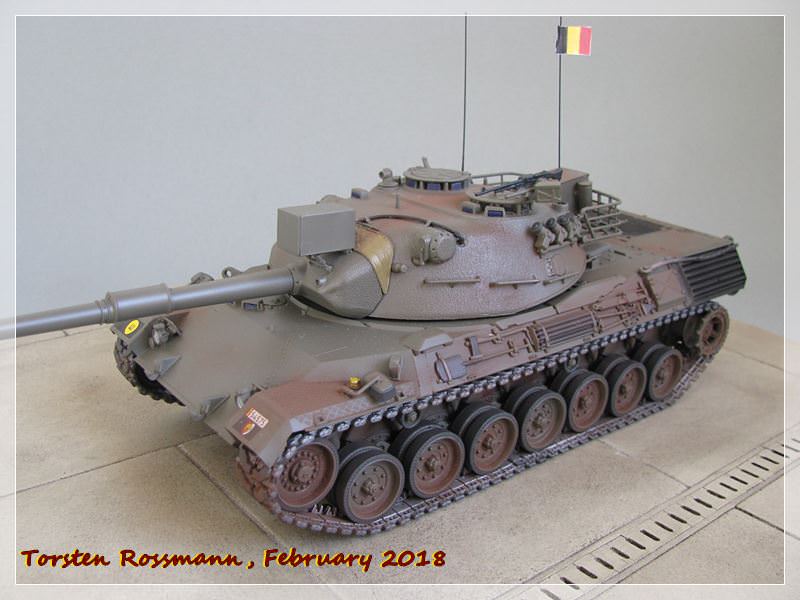
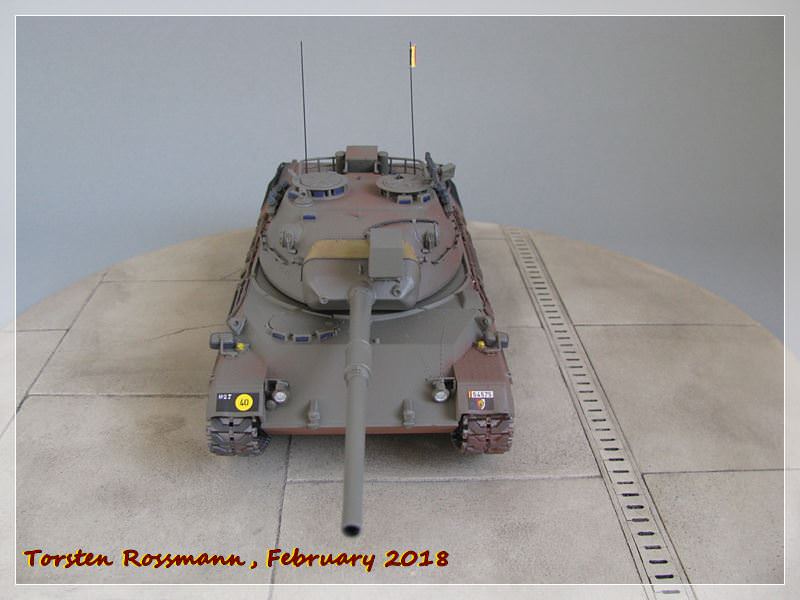


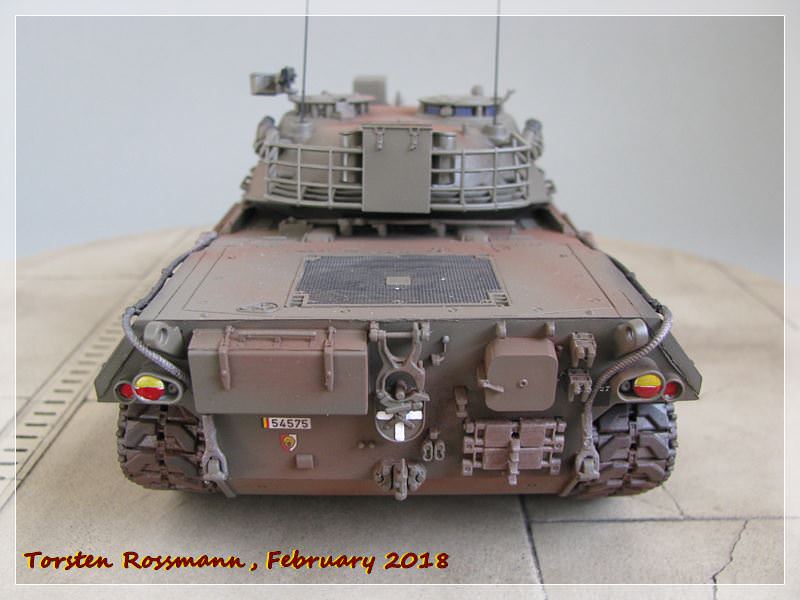
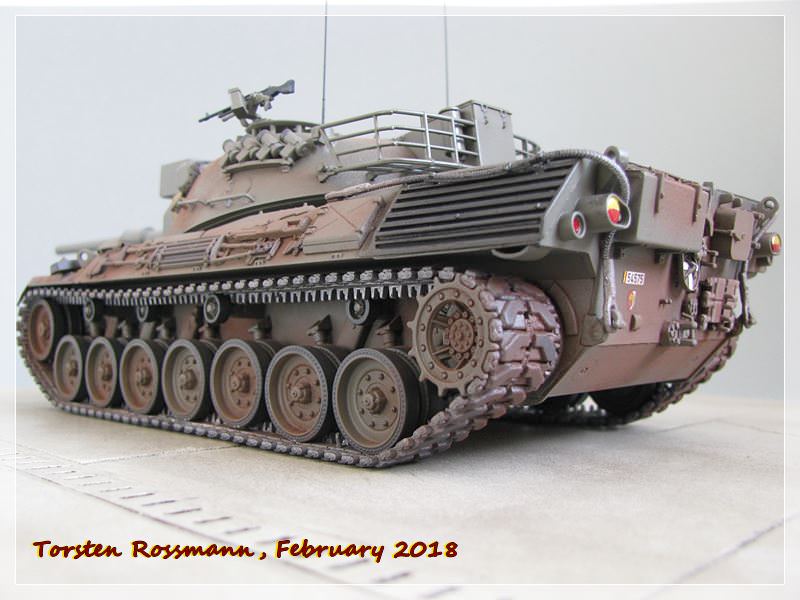
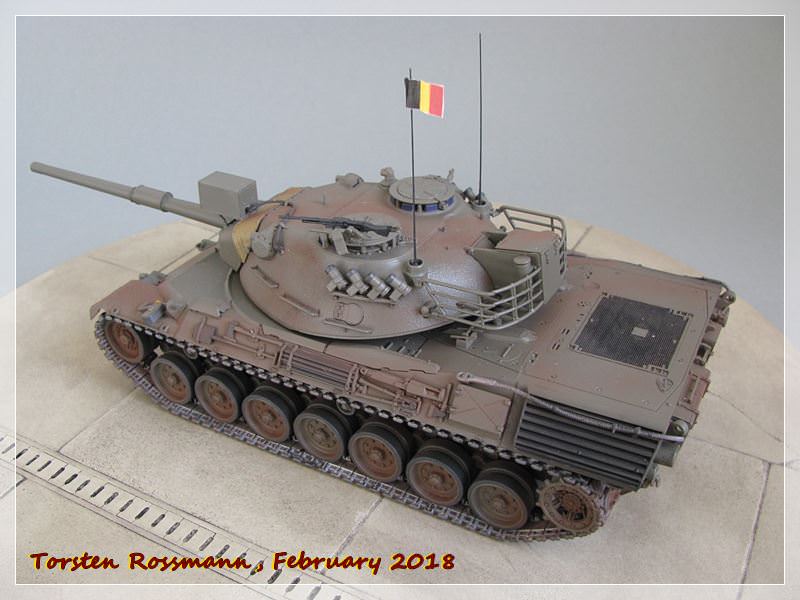
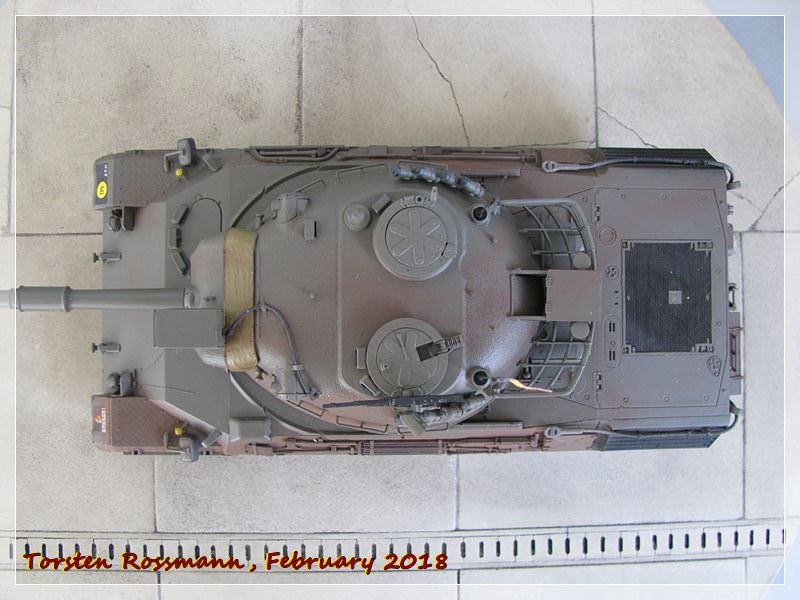


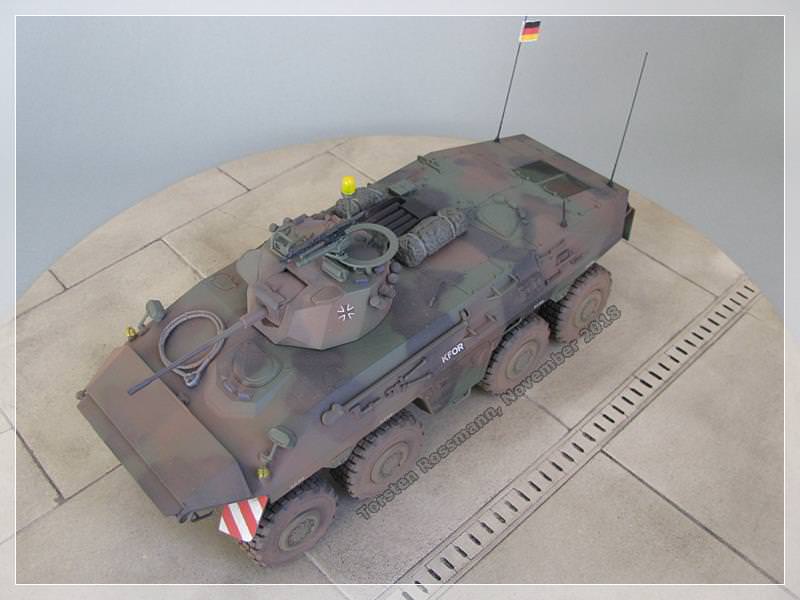
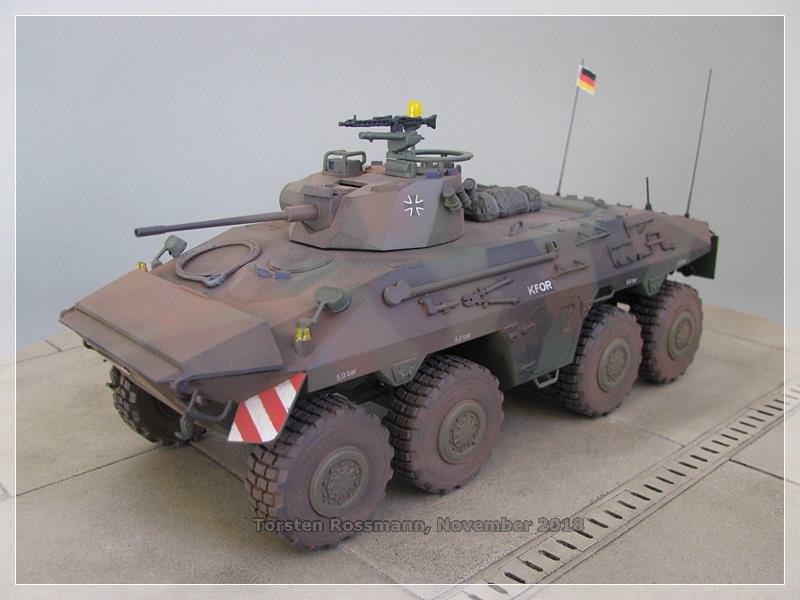

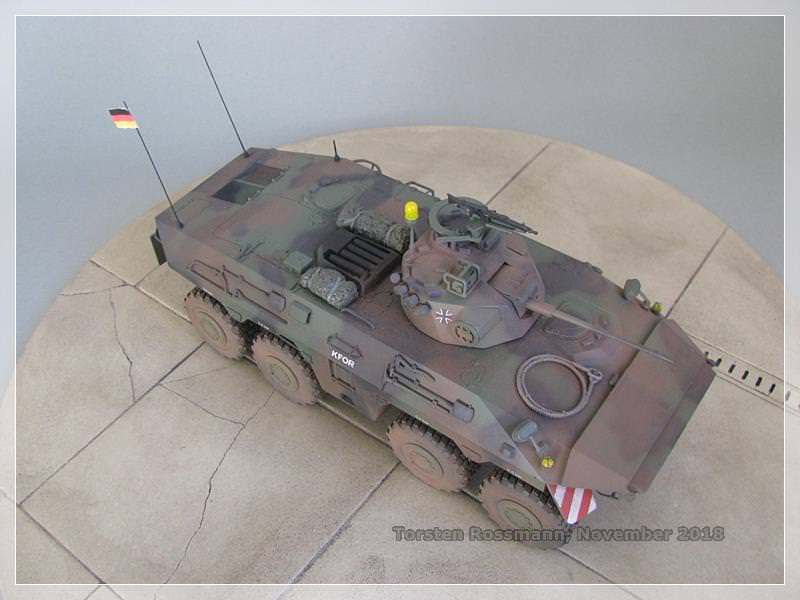
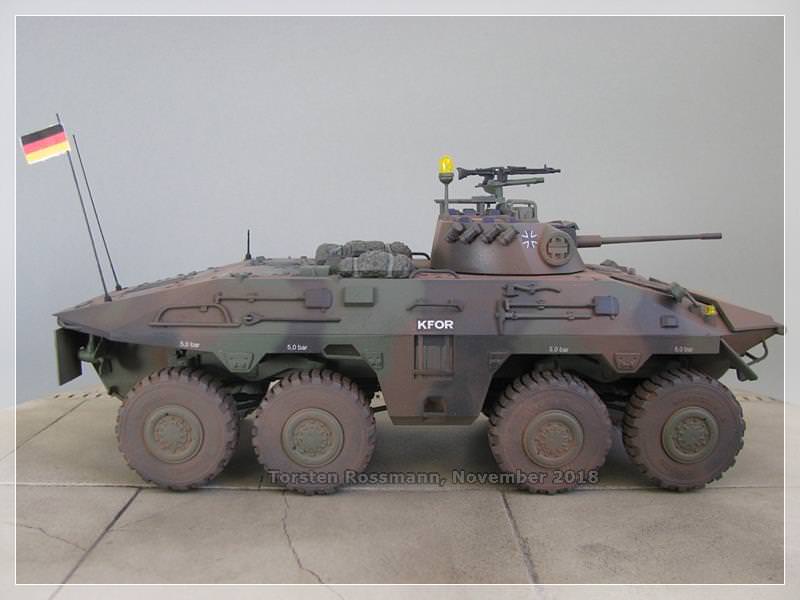
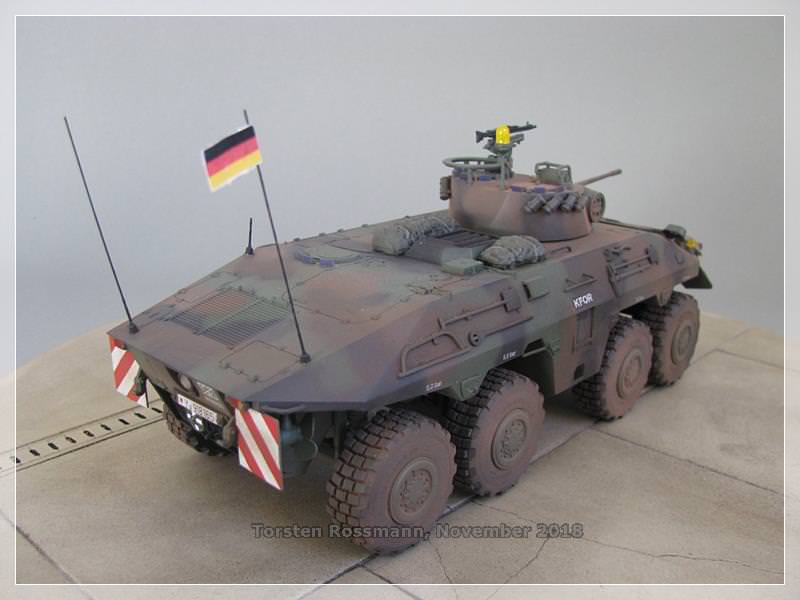
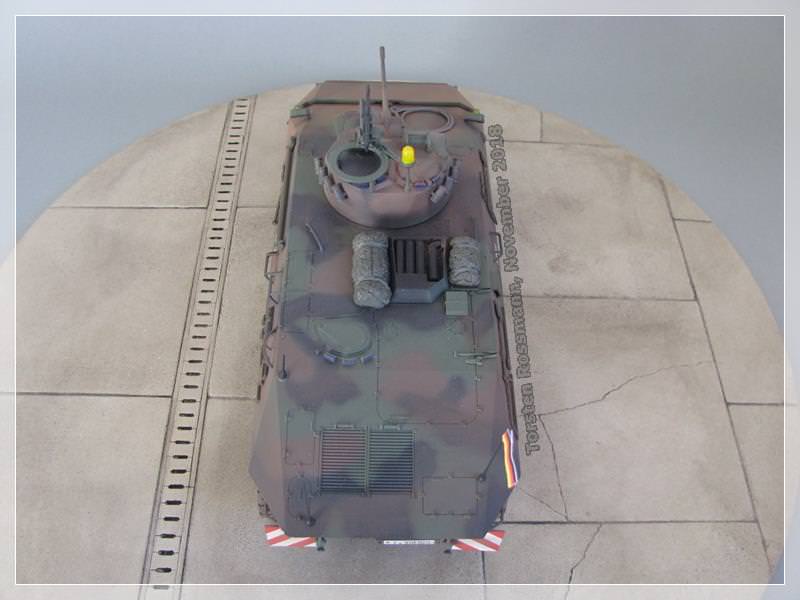
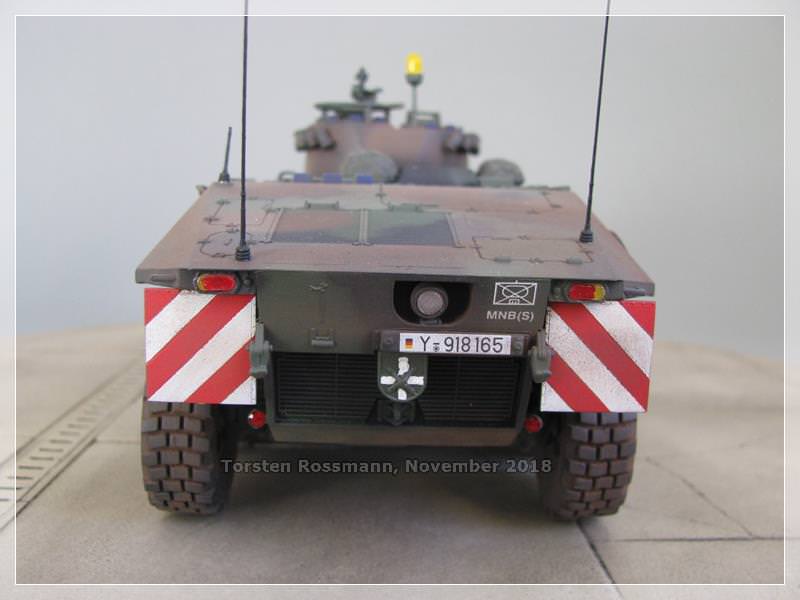





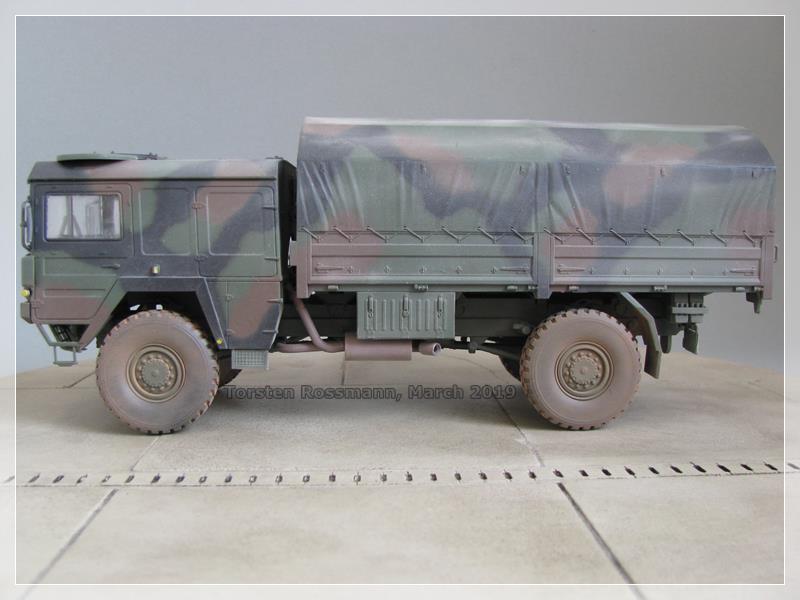
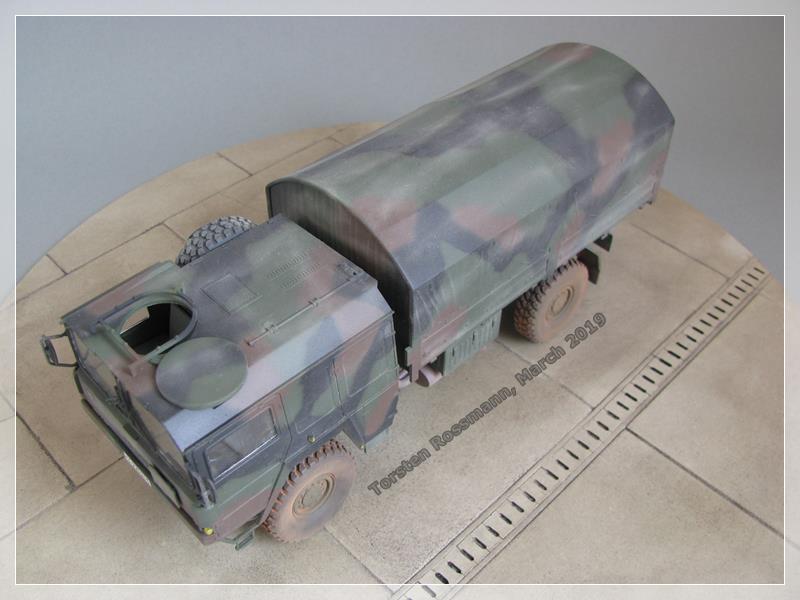
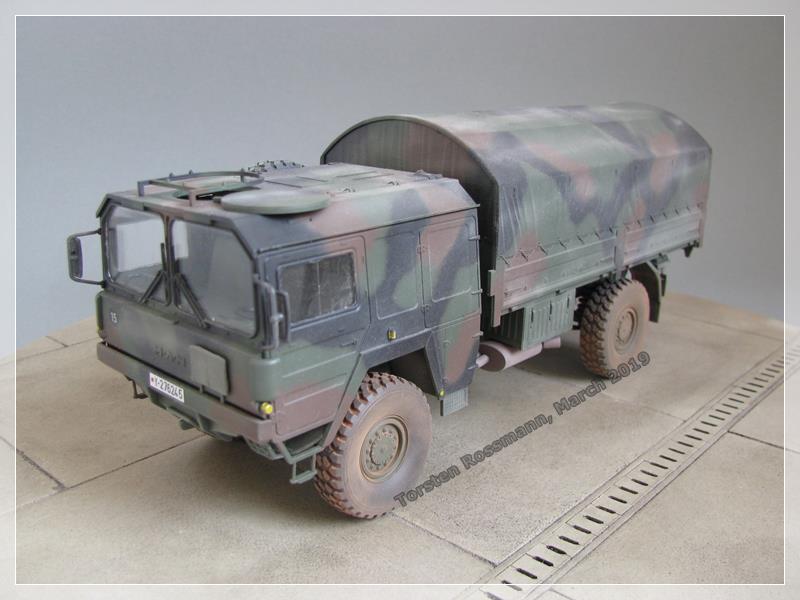




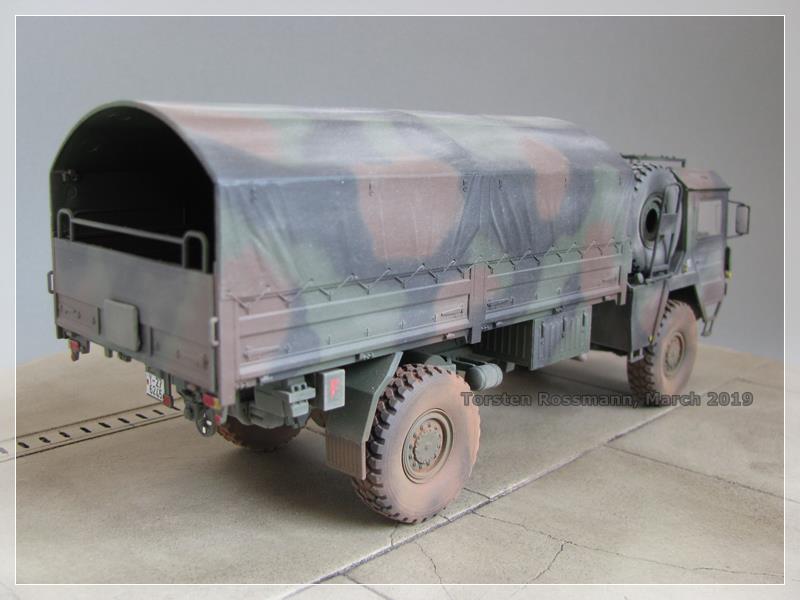
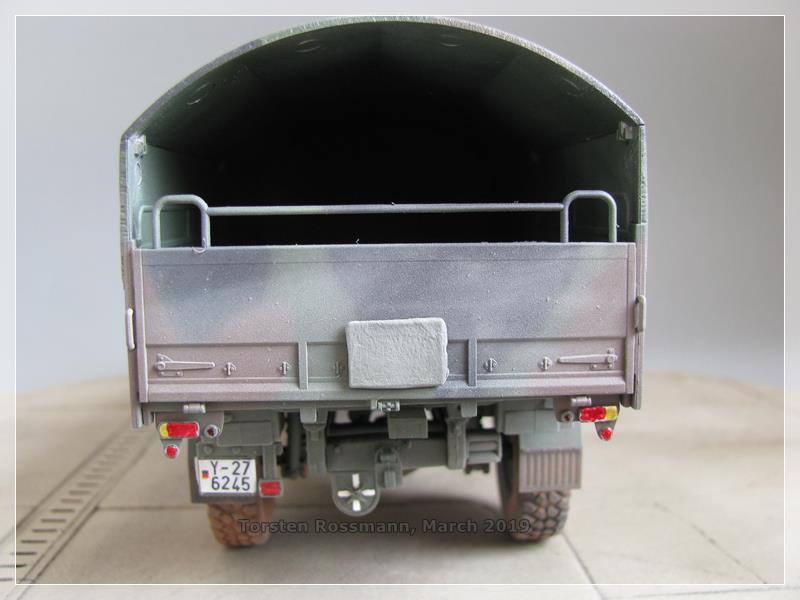
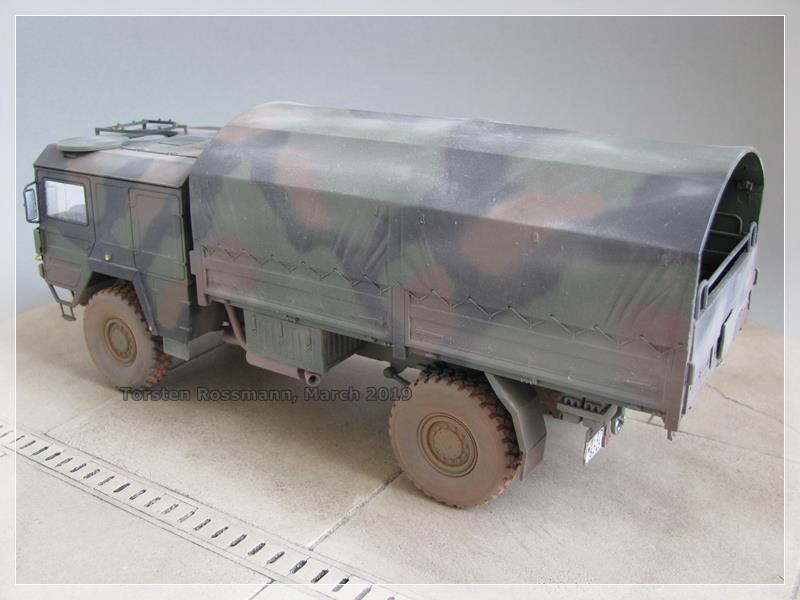
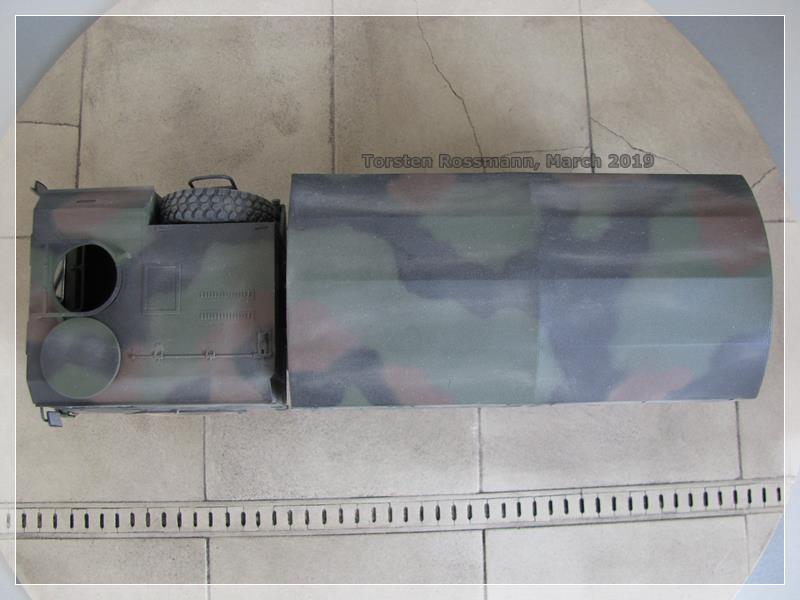
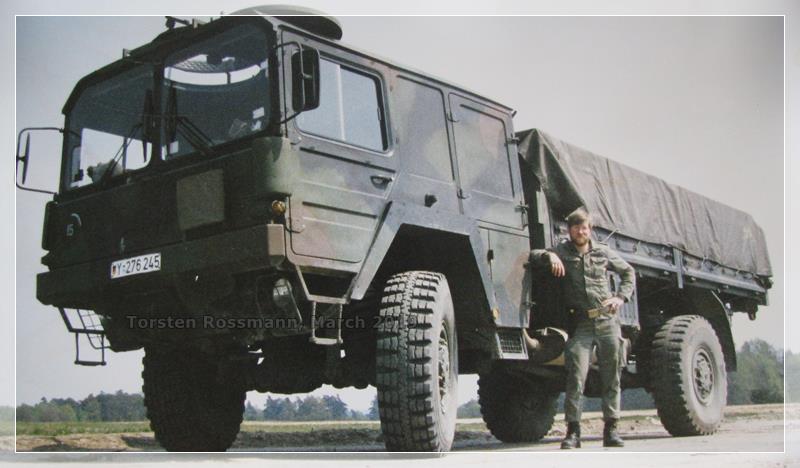


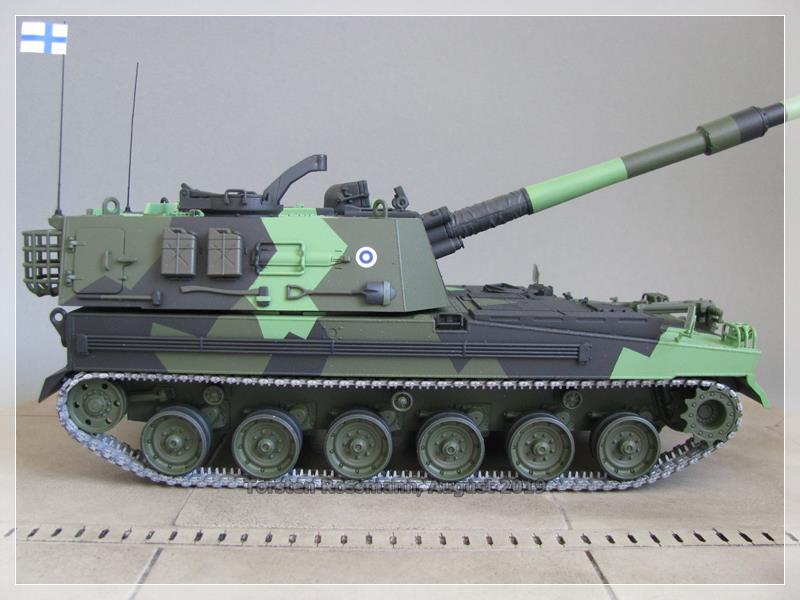
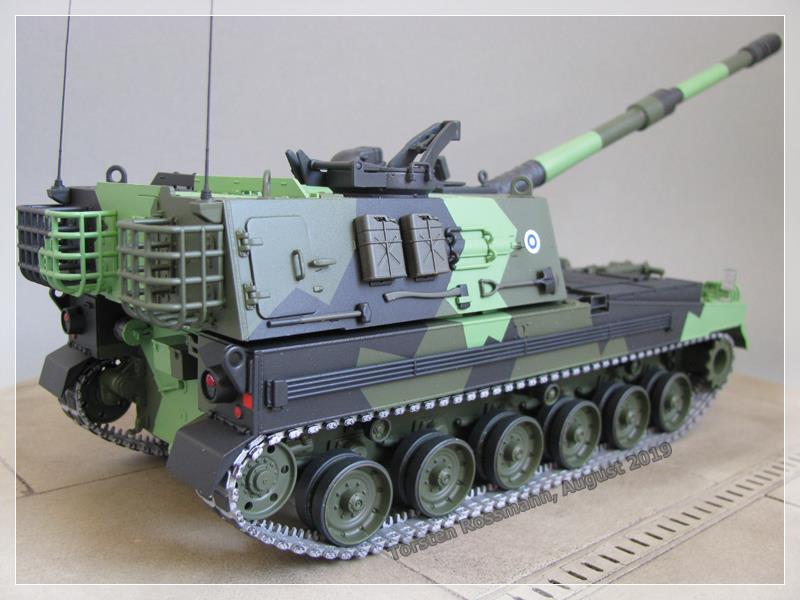
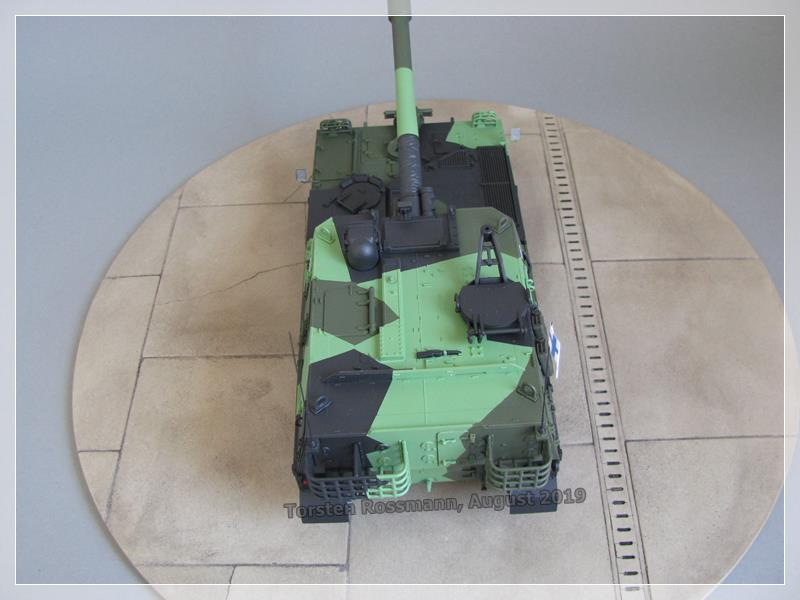

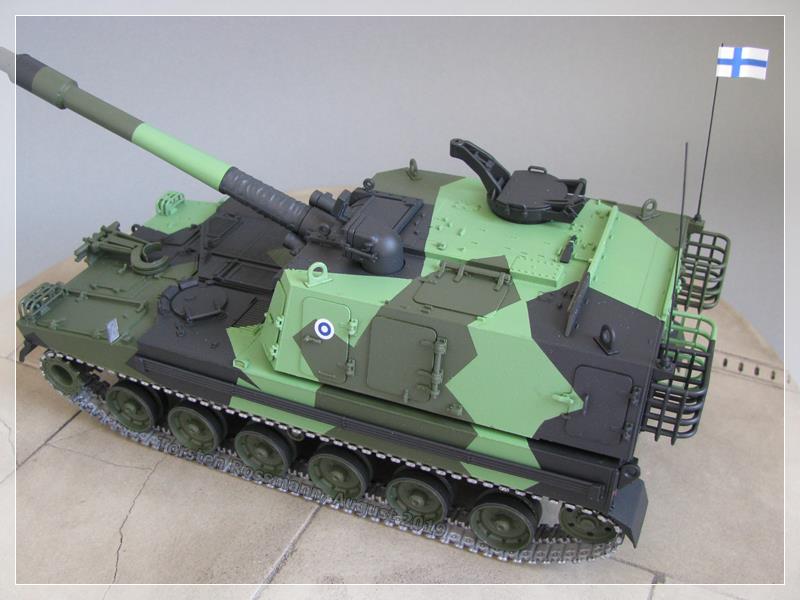

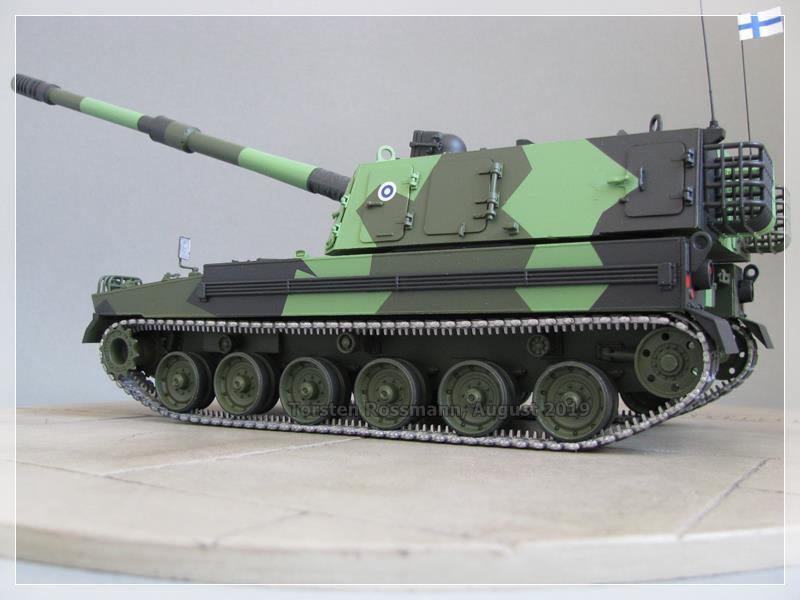

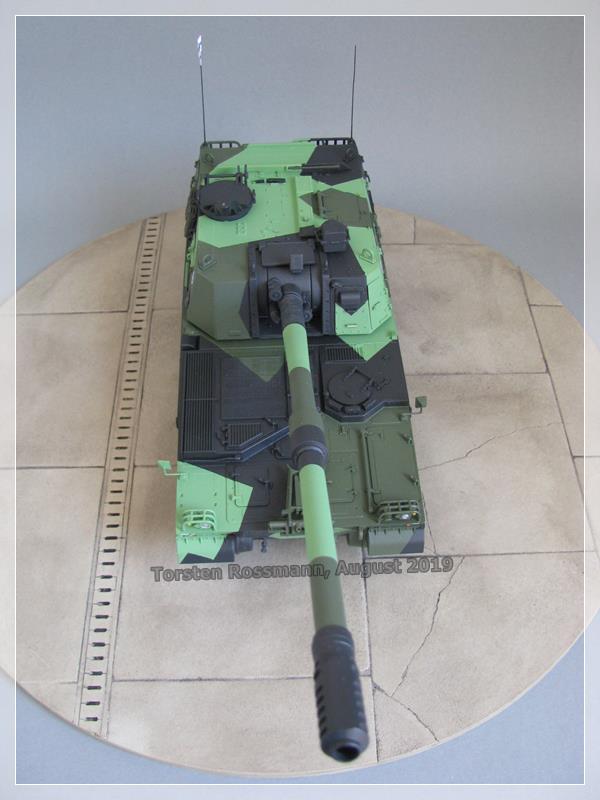
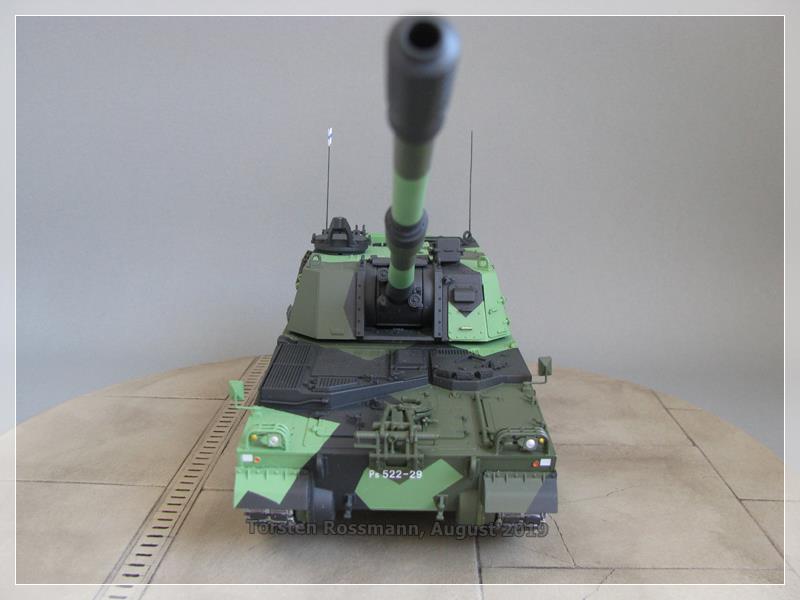

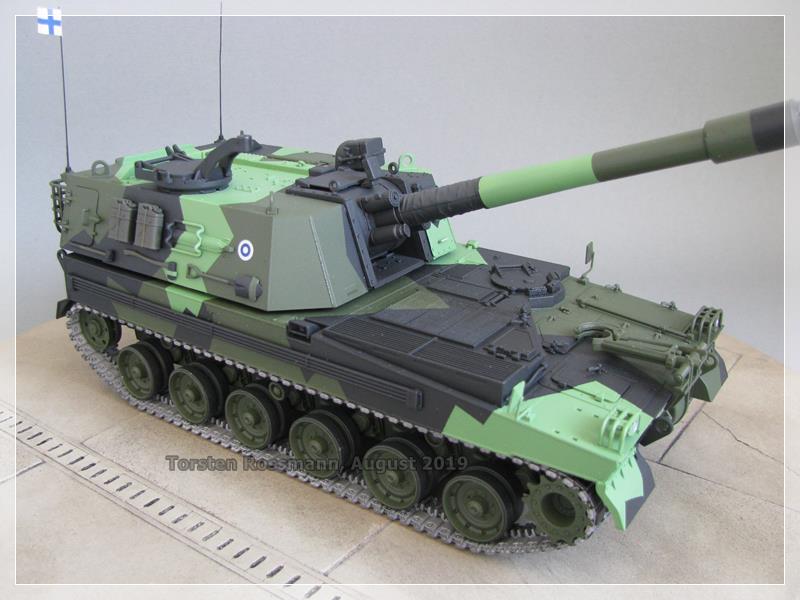

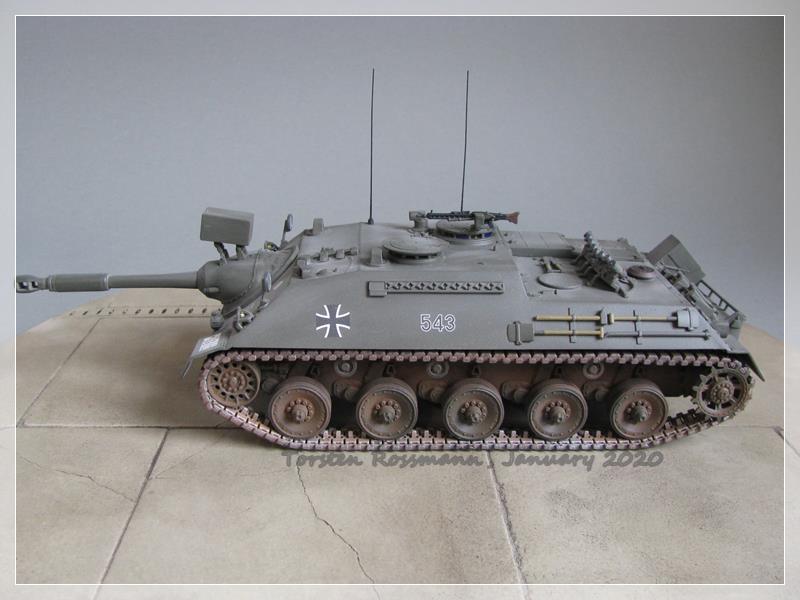
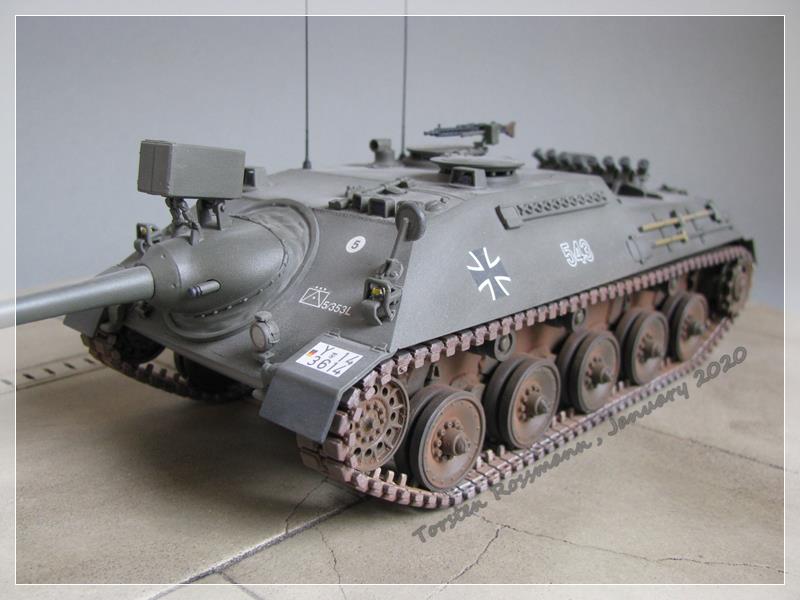

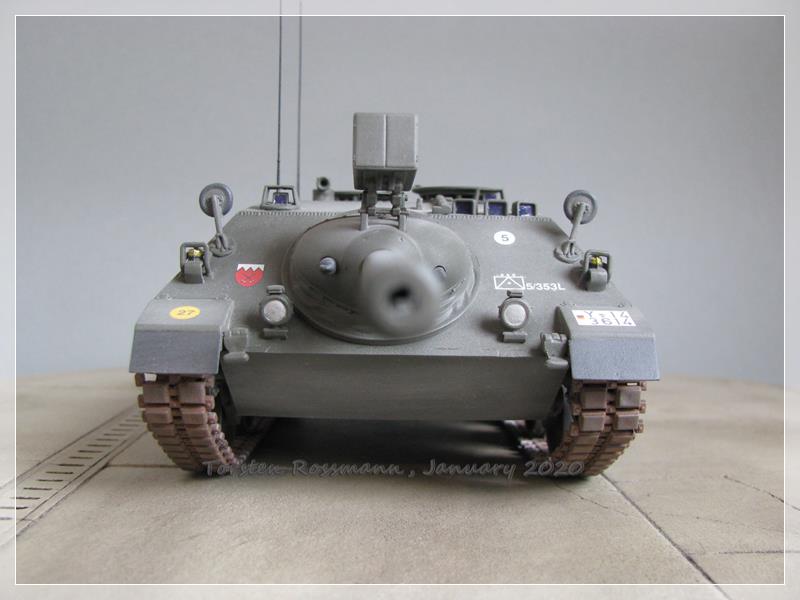


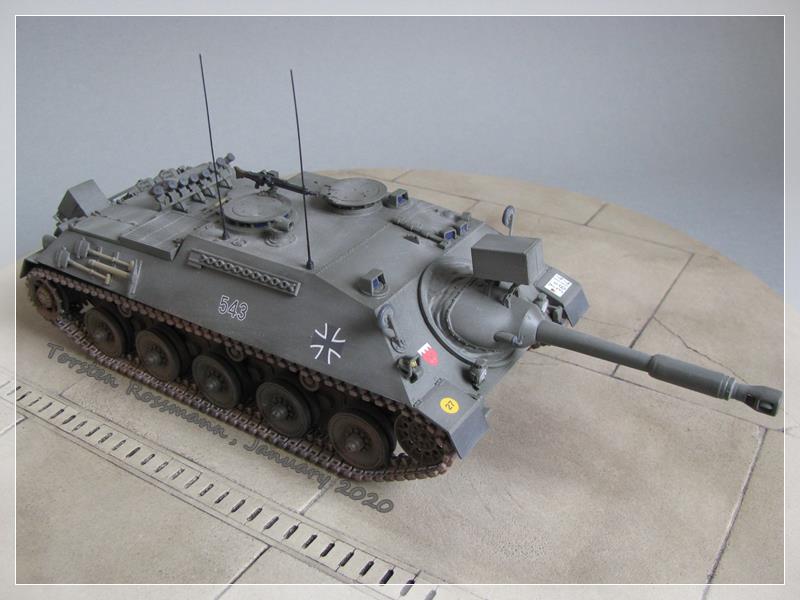
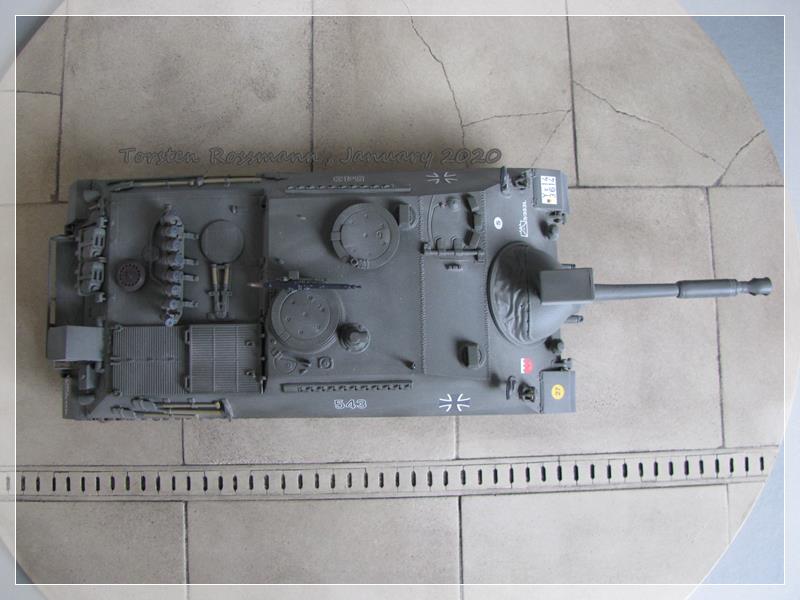
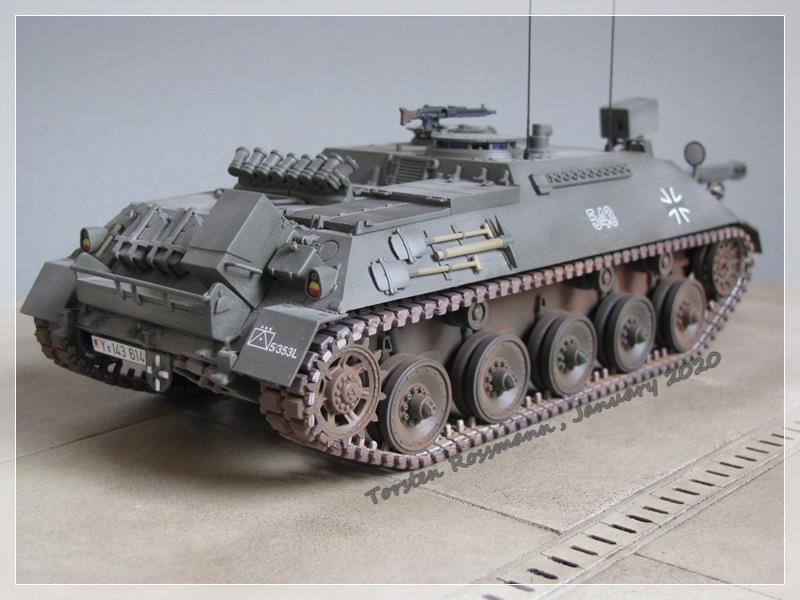
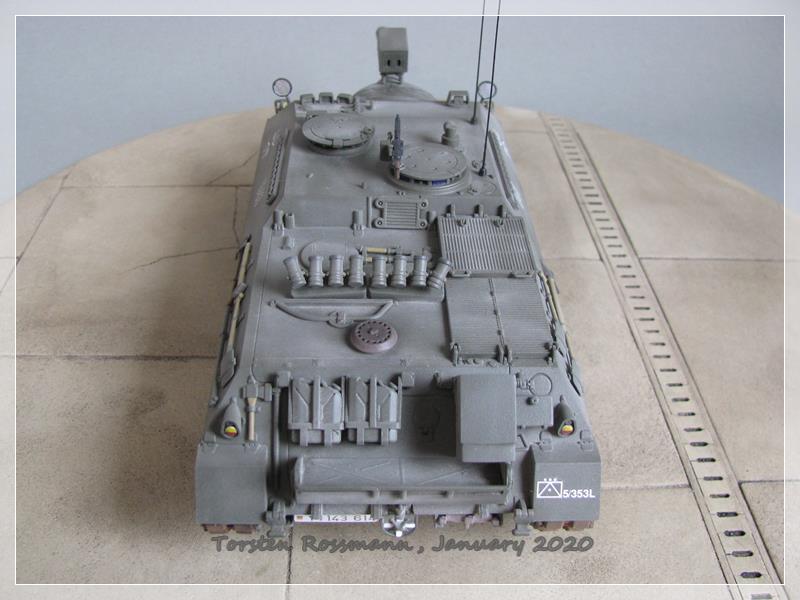
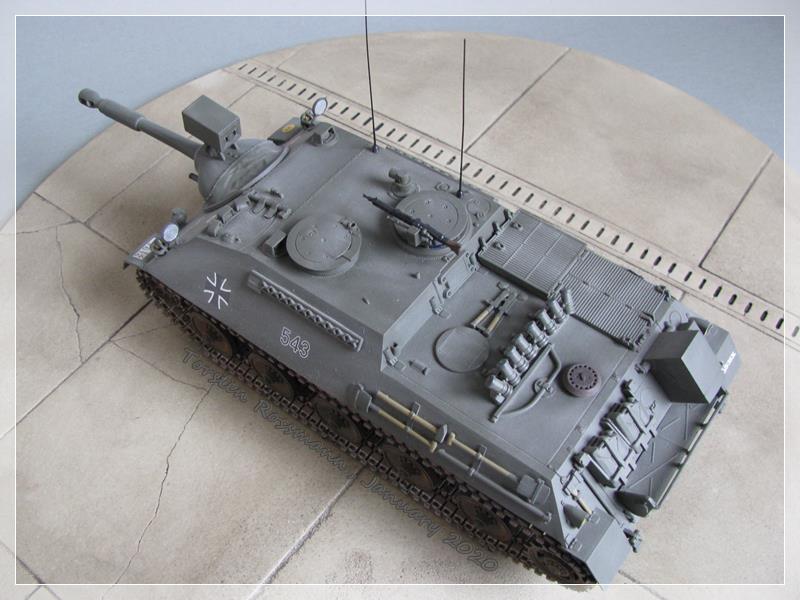
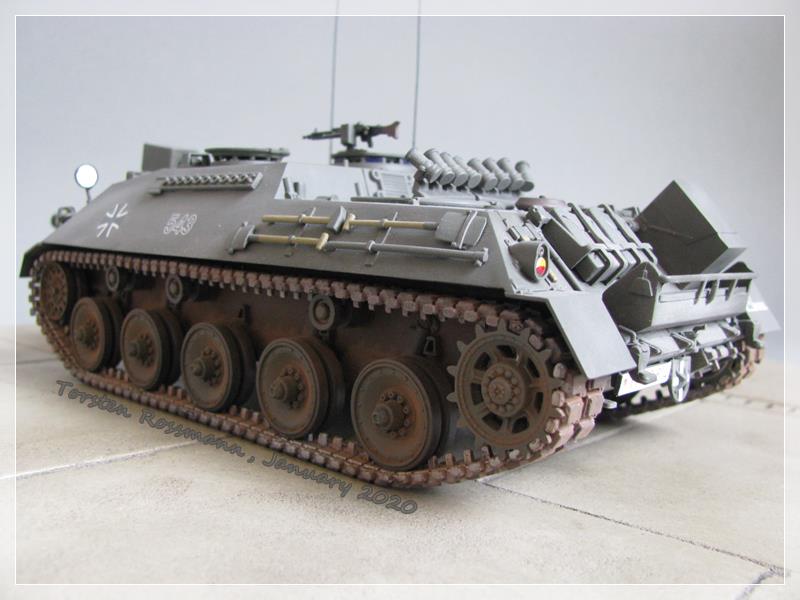
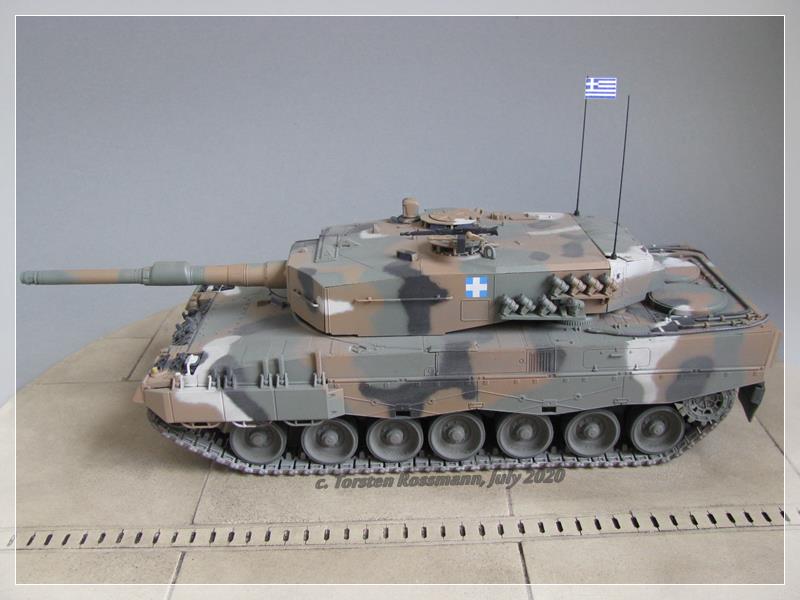

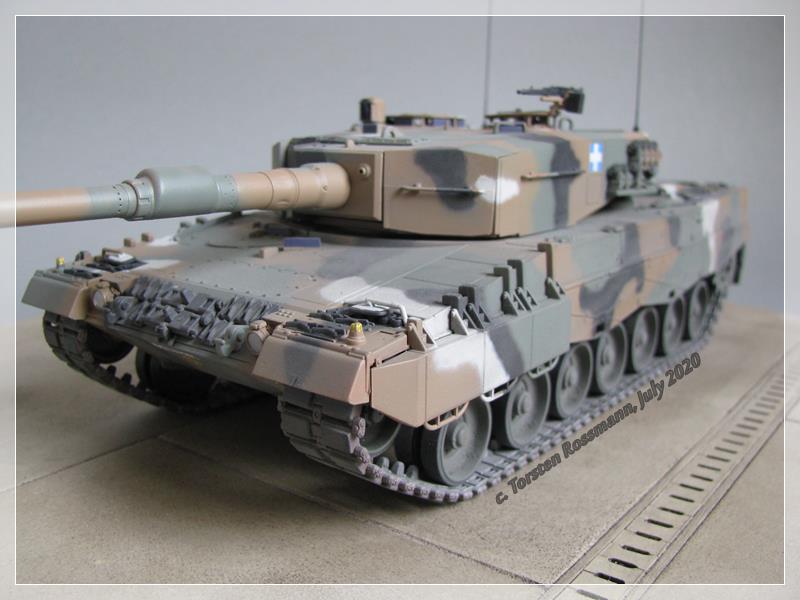

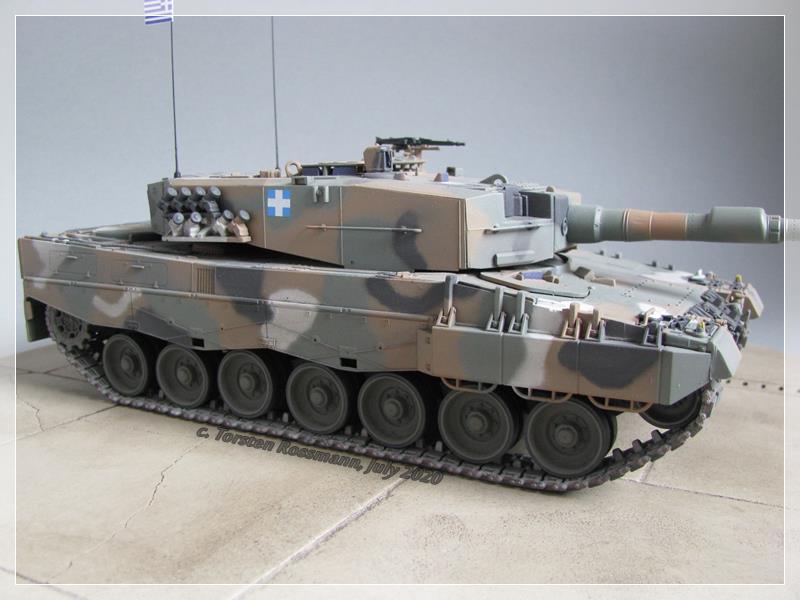


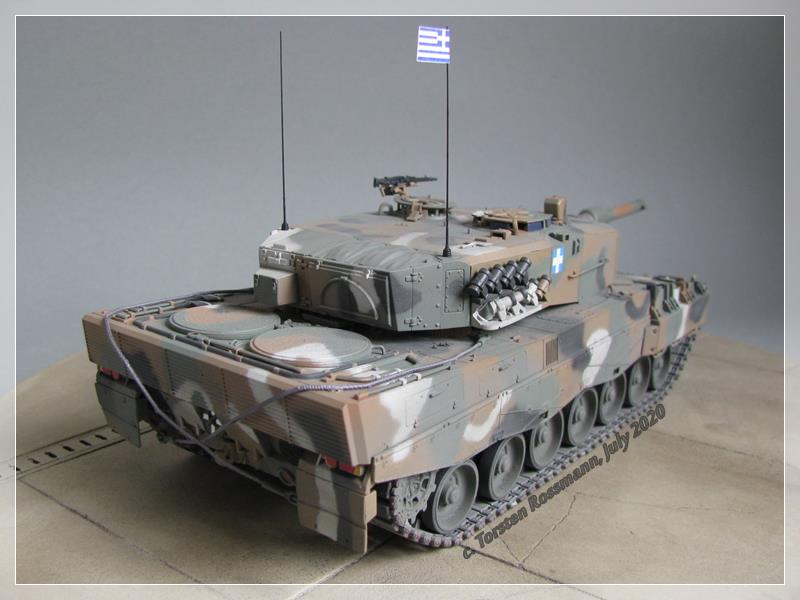



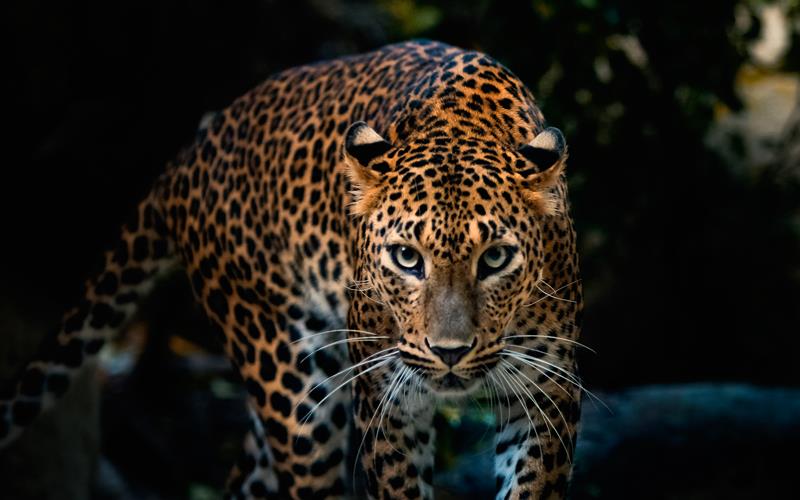
 Just check this thread out from time to time. I’ve also a few other builds from before 2018.
Just check this thread out from time to time. I’ve also a few other builds from before 2018.
